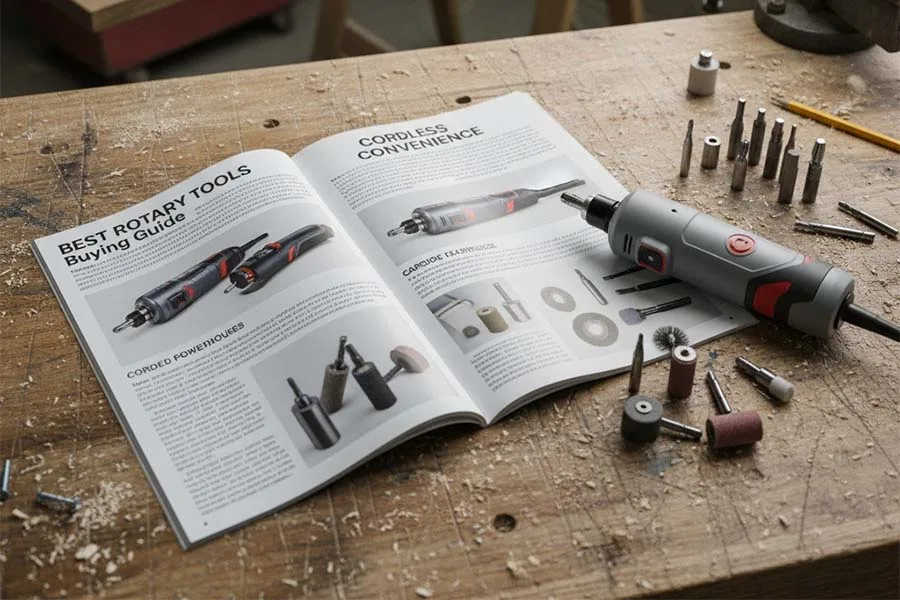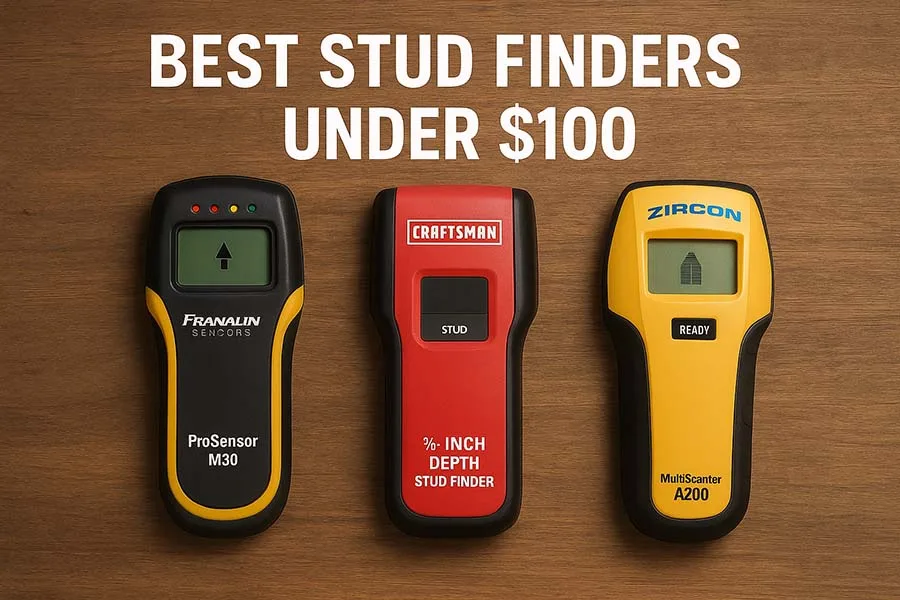Why Choosing the Right Rotary Tool Matters
Rotary tools are the unsung heroes of precision work. Whether you’re engraving, grinding, polishing, or cutting, the right rotary tool can make the difference between frustration and flawless results. From hobbyists to professional technicians, choosing the right model ensures efficiency, safety, and long-term satisfaction.
But with dozens of options—corded, cordless, budget, premium—it’s easy to get lost. This guide simplifies the decision-making process, backed by real-world testing and contributor insights.
Key Factors to Consider Before Buying
1. Power Source
- Corded: Consistent power, ideal for long sessions
- Cordless: Portable, convenient, but may lack torque for heavy-duty tasks
2. Speed Range
- Look for variable speed (typically 5,000–35,000 RPM)
- Lower speeds for polishing; higher for cutting and grinding
3. Ergonomics
- Lightweight design reduces fatigue
- Comfortable grip and balanced weight improve control
4. Accessory Compatibility
- Universal collets vs. proprietary systems
- Kits with attachments offer better value
5. Intended Use
- DIY and crafting: prioritize versatility
- Professional use: prioritize precision and durability
Features and Specifications Explained
- Motor Power: Measured in amps or volts; higher = better performance under load
- Speed Control: Dial or digital control for precision work
- Collet Size: Determines which bits you can use (1/8″ is standard)
- Noise & Vibration: Lower is better for prolonged use
- Build Quality: Metal housings last longer than plastic shells
- Flex Shaft Compatibility: Adds precision for engraving and tight spaces
Common Mistakes to Avoid
- Buying based on price alone—cheap tools often lack durability
- Ignoring speed range—some tasks require low RPM
- Overlooking ergonomics—uncomfortable tools lead to poor results
- Skipping accessory compatibility—some brands lock you into proprietary bits
- Assuming all rotary tools are equal—they’re not
Recommended Top Picks (Contributor-Tested)
| Model | Best For | Speed Range | Key Features | Contributor Verdict |
|---|---|---|---|---|
| Dremel 4000 | All-rounder | 5,000–35,000 RPM | EZ Twist cap, 50+ accessories | “Reliable, versatile, and built to last.” |
| WEN 2305 | Budget DIY | 8,000–30,000 RPM | Flex shaft, 100+ accessories | “Punches above its price—great for beginners.” |
| Proxxon IB/E | Precision work | 5,000–20,000 RPM | Ultra-low vibration, German build | “For professionals who demand more.” |
💡 Want cordless options? Explore our Cordless Rotary Tools Under $100 guide.
Rotary Tools Buying Guide FAQ
Interesting Fact
The first consumer rotary tool was introduced by Dremel in 1932—originally designed for jewelry polishing.
Lesser-Known Fact
Proxxon rotary tools are favored by European watchmakers for ultra-precise engraving and low vibration.
Further Read
Conclusion: Choose with Confidence
Rotary tools are more than just spinning motors—they’re precision instruments that empower creativity, craftsmanship, and control. Whether you’re restoring furniture, customizing metalwork, or crafting jewelry, the right rotary tool makes all the difference.
Explore our contributor-tested reviews, share your experiences in the comments, and help others choose wisely. If this guide helped you, pass it on—your insights might help someone else make the perfect pick.





